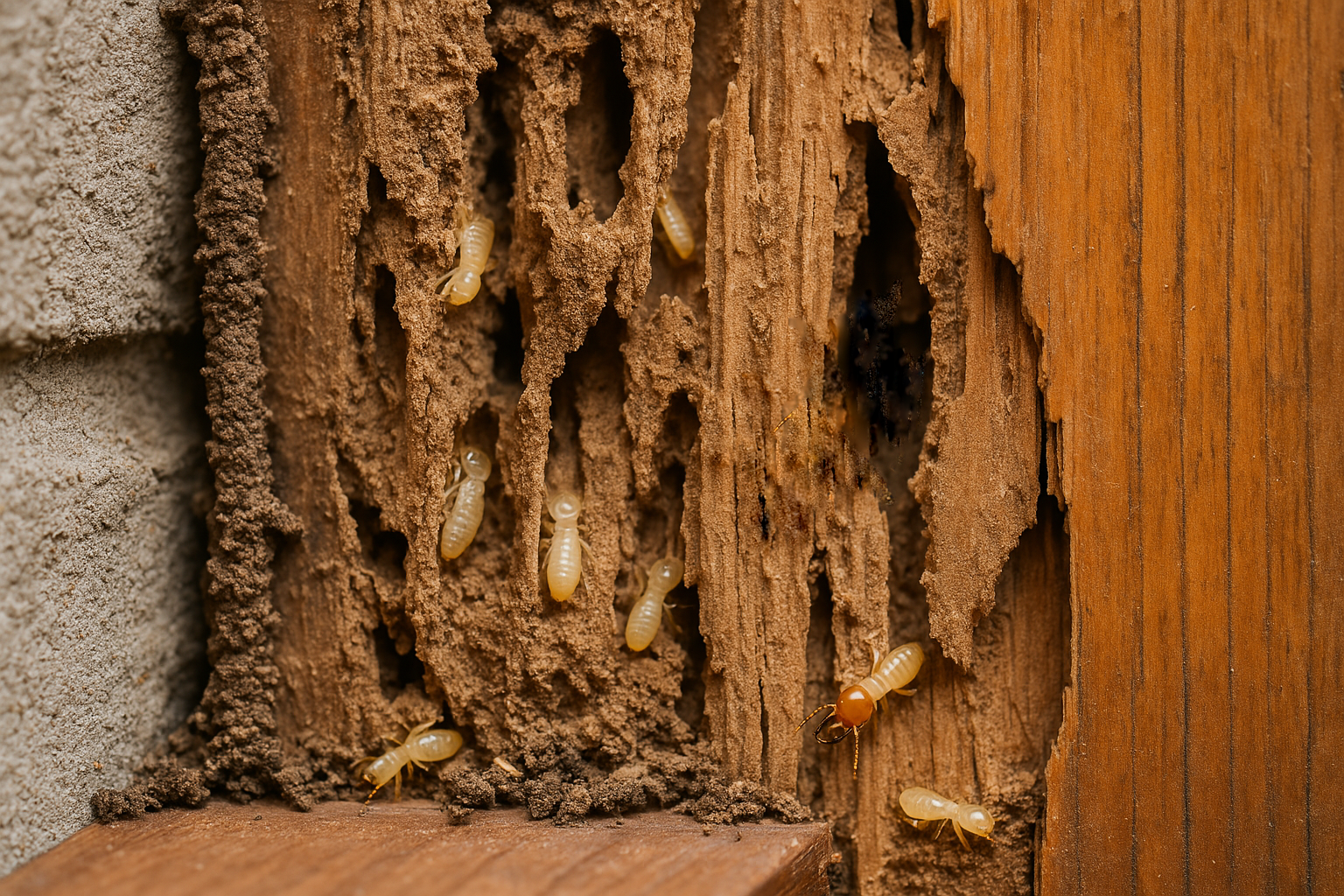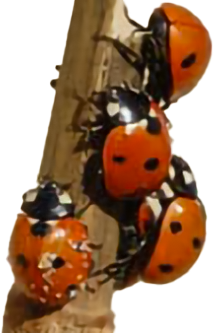Earwigs are common insects in the United States, and you’ve probably seen them before and know how creepy looking they are. They have long skinny bodies with long antennae that come from the head and ominous looking pincers located on the end of the abdomen. They can give people quite a scare when found inside a home and they have a bad reputation. Lots of things have been said about them, but the myths people fear most are simply not true, and earwigs are not the danger they appear to be.
The name earwig came from the Old English form of “ear” and a similar word “wicga” that means “beetle”. The most common myth or old wives’ tale regarding earwigs, and the one that makes you squirm just thinking about it, is that earwigs can burrow into a human brain through their ear, where they will lay their eggs. While it is true that earwigs prefer warm, humid hiding places, it is not true that they crawl into ears. It would be nearly impossible for an insect to get past the thick bone in your ear canal, and besides this earwigs are quite comfortingly skittish of even being uncovered in their hiding places, much less being near humans. More likely part of the name “ear” came from the fact that when one is stretched out, it looks like an ear.
So, how and why do they get into homes across the United States? Earwigs move into indoor living spaces mainly to avoid the weather. They seek out food, warmth, and shelter from extremely dry conditions. They are a nuisance pest that will crawl into homes through small spaces, like cracks and crevices. They also get in through damaged windows or door frames, as well as broken or missing screens and vents. They may even hitch a ride on outdoor items that are brought into a home, like firewood, old newspapers, boxes, lumber or plants. However, earwigs do prefer to thrive outdoors if possible, in damp dark places like mulch, decaying leaves and grass piles. They also like the inside of rotting logs and stumps, but when it becomes too dry, they will seek refuge inside kitchens, laundry rooms, bathrooms and basements, where they can find moisture.
In the end earwigs in your home really only means suffering unsightly encounters with the little critters, with no risk to your health or your home. Even so, Adam’s Pest Control understands the desire to have them gone, and we’re standing by to help out. If you are experiencing an infestation and don’t want to deal with earwigs in your Minnesota home, give us a call. We can give you more information about the services and solutions that we provide in your area. Our licensed pest control team can help you get rid of earwigs and other nuisance, dangerous, or damaging pests with our tried and true home pest control programs.



